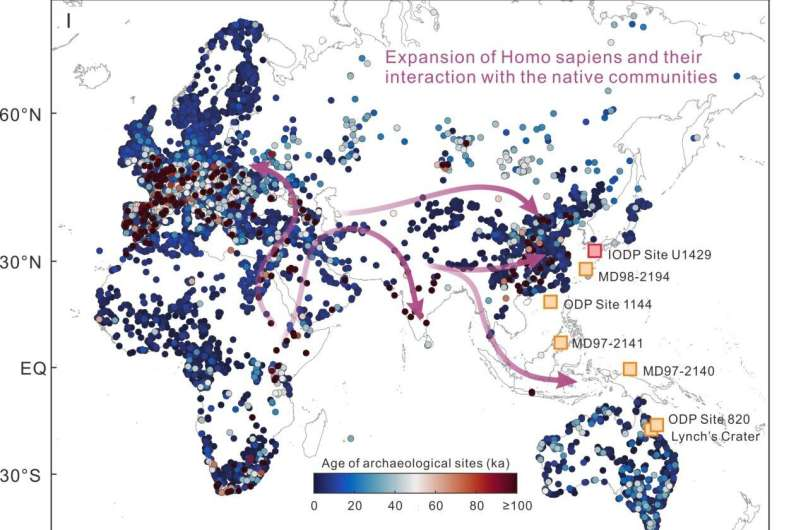An ancient mystery buried in Siberian ice for 18,000 years has finally been solved. Discovered in 2018, a remarkably well-preserved pup, nicknamed Dogor, sparked international curiosity and debate: was this mummified creature the oldest known dog? After years of research, scientists now have the answer — and it’s not what anyone expected.
Dogor, with his fur, teeth, and whiskers intact, seemed to be a pristine snapshot from the Ice Age. Experts hoped his genome might provide insights into the origins of man's best friend. But after extensive genetic testing, researchers from the Francis Crick Institute in London have confirmed that Dogor was not a dog at all but rather a wolf. Surprisingly, he doesn’t appear to be closely related to the earliest domesticated dogs.
Anders Bergström, a postdoctoral researcher in ancient genomics, explained that this finding reshapes our understanding of dog domestication. “We know that dogs were the first animals domesticated by humans during the Ice Age,” Bergström told Live Science, “but the details surrounding their domestication are still a major mystery.” Dogor's discovery adds a new piece to the puzzle, revealing the complexity of the wolf lineage from which dogs eventually emerged.
The researchers analyzed Dogor’s DNA alongside that of 72 other ancient wolves, including 66 genomes sequenced for the first time. Their results indicate that while domestication of dogs likely began between 30,000 and 14,000 years ago, pinpointing the exact time and location remains challenging due to the genetic diversity among ancient wolves. However, the study found that modern dogs are more closely related to wolves from eastern Eurasia, suggesting that domestication probably began in Asia rather than Europe.
Despite this revelation, Bergström and his team acknowledge that there are still big gaps in understanding exactly how and when dogs diverged from wolves. But one thing is clear: Dogor’s mummified body, a frozen link to the ancient past, has brought scientists closer to understanding the origins of our enduring bond with dogs. While much remains to be discovered, Dogor’s true identity as a wolf marks an important step in decoding the long, shared history between humans and their loyal companions.












